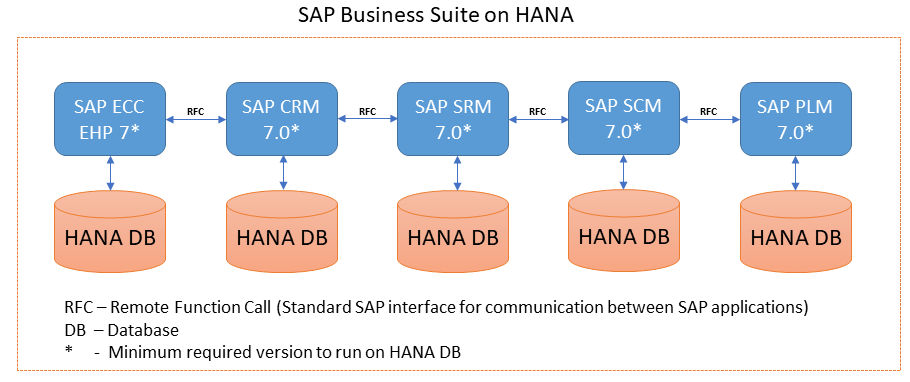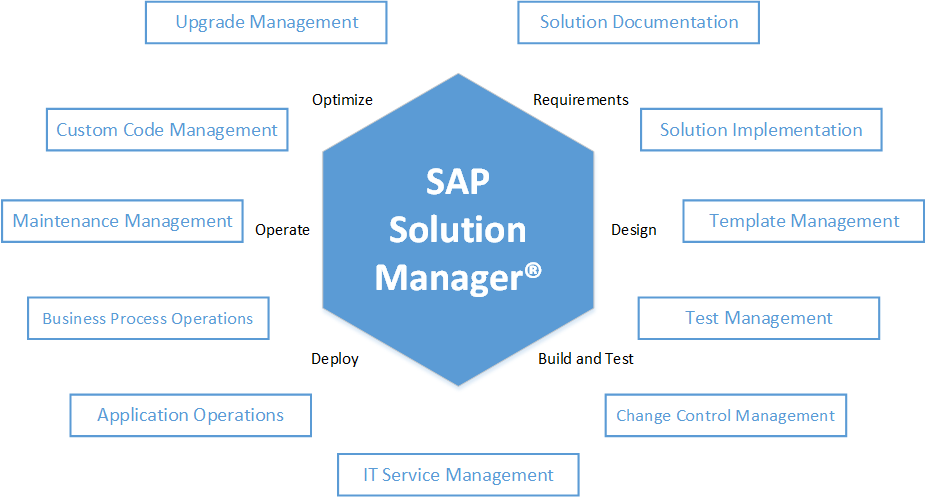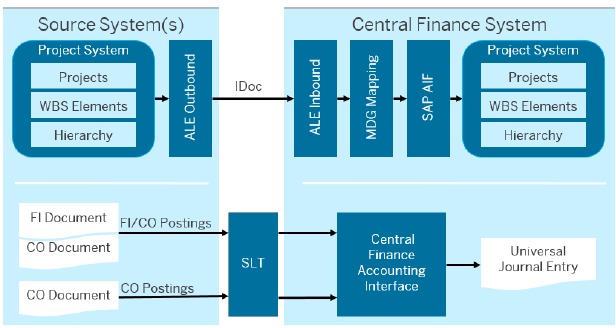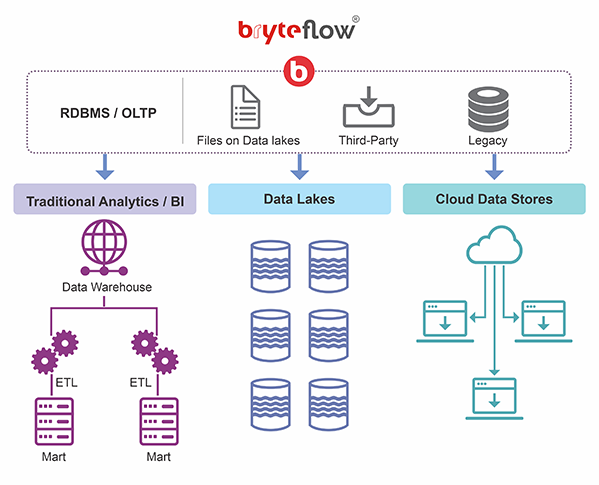Mastering SAP SM36: The Ultimate Guide to Efficient Background Job Scheduling
SAP SM36 is a transaction code within the SAP system used to schedule background jobs. These jobs are non-interactive processes that run behind the scenes, allowing for the automation of repetitive tasks such as report generation, data uploads, and batch processing. By utilizing SM36, organizations can ensure that critical operations are performed consistently and efficiently without manual intervention.YouTube
The primary function of SM36 is to define and schedule background jobs. Users can specify the job name, class, target server, and define the steps the job should perform. Additionally, SM36 allows for the configuration of start conditions, such as specific dates, times, or events, providing flexibility in job scheduling. This capability is essential for maintaining optimal system performance and ensuring timely execution of essential tasks.SAP Help PortalGuru99
Benefits of Using SAP SM36
Insert image of the product format
Implementing SAP SM36 for background job scheduling offers numerous advantages:
- Automation of Repetitive Tasks: By scheduling jobs to run automatically, organizations can reduce manual workload, minimize errors, and ensure consistency in task execution.Spiceworks Community+2Guru99+2SAP Community+2
- Improved System Performance: Scheduling resource-intensive jobs during off-peak hours helps in balancing system load, leading to better overall performance and user experience.
- Enhanced Reliability: Automated jobs reduce the risk of human error and ensure that critical processes are executed as planned, contributing to system reliability and data integrity.
- Flexibility and Control: SM36 provides various scheduling options, including periodic execution and event-driven triggers, allowing for precise control over job execution timing.
- Integration with Monitoring Tools: When used in conjunction with transaction code SM37, administrators can monitor job status, analyze logs, and troubleshoot issues effectively, ensuring smooth operations.
Real-World Applications of SAP SM36

SAP SM36 is utilized across various industries and SAP modules to automate and streamline operations. Here are five real-world examples:
1. SAP Business Suite on HANA

SAP Business Suite on HANA leverages SM36 to schedule complex data processing tasks. For instance, financial institutions use it to automate end-of-day processing, ensuring that reports and data consolidation occur without manual intervention. This automation enhances efficiency and reduces the risk of errors in critical financial operations.
2. SAP S/4HANA Cloud

In SAP S/4HANA Cloud, SM36 is instrumental in automating routine tasks such as inventory updates, order processing, and financial reconciliations. By scheduling these tasks, businesses can maintain real-time data accuracy and streamline their operations, leading to improved decision-making and customer satisfaction.
3. SAP Solution Manager

SAP Solution Manager utilizes SM36 to schedule system maintenance activities, including data backups, system health checks, and performance tuning. Automating these tasks ensures that the system remains stable and secure, minimizing downtime and enhancing user trust in the system’s reliability.
4. SAP BW/4HANA

In SAP BW/4HANA, SM36 is used to schedule data extraction, transformation, and loading (ETL) processes. By automating these data workflows, organizations can ensure timely and accurate data availability for analytics and reporting, which is crucial for strategic decision-making.
5. SAP Central Finance

SAP Central Finance employs SM36 to automate the replication of financial data from various source systems. This automation ensures that consolidated financial information is up-to-date and accurate, facilitating effective financial planning and analysis across the enterprise.
Use Cases and Problem Solving with SAP SM36
SAP SM36 addresses several operational challenges:
- Manual Task Management: By automating repetitive tasks, SM36 reduces the dependency on manual interventions, freeing up resources for more strategic activities.
- Timely Data Processing: Scheduling jobs ensures that data processing occurs at optimal times, such as during off-peak hours, leading to timely availability of critical information.
- Error Reduction: Automated jobs minimize the risk of human errors associated with manual task execution, enhancing data accuracy and consistency.
- Operational Efficiency: SM36 enables the seamless execution of complex job chains, improving overall operational efficiency and system performance.
How to Implement SAP SM36
Implementing SAP SM36 involves the following steps:
- Access SM36 Transaction: Log into your SAP system and enter transaction code SM36 to open the job scheduling interface.SAP Help Portal
- Define Job Parameters: Specify the job name, class, and target server. These parameters help in identifying and managing the job effectively.Guru99
- Set Job Steps: Define the steps the job should perform, including the programs or reports to execute and any necessary variants.
- Configure Start Conditions: Set the job’s start conditions, such as specific dates, times,







